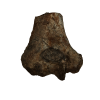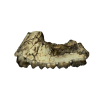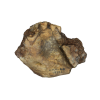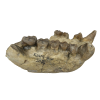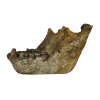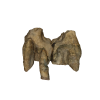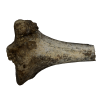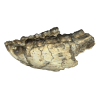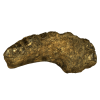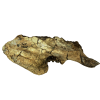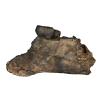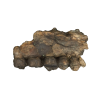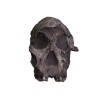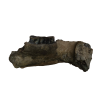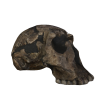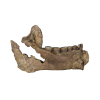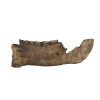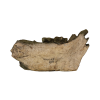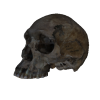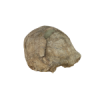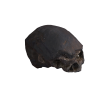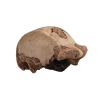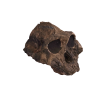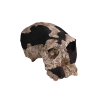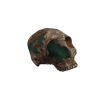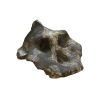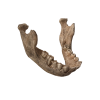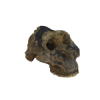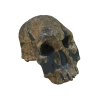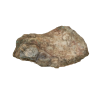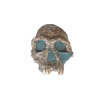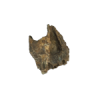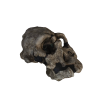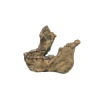This discovery from Ileret at east Turkana was made by Kyalo Manthi in the 2002. The skull was encased in a sandstone rock and only the outline of the ear hole was visible which he spotted close to some foot bones of a young antelope. It took many months of careful cleaning in the laboratory to reveal the cranium and brow ridges of this beautifully preserved specimen, although it is missing its face and lower jaw. This hominin is significant as it is one of the smallest known skulls of Homo erectus, the largest of which is known from Olduvai Gorge in Tanzania. It also has several characters that were previously thought to define the Asian varieties of this species such as a slight keel along the crest of the skull. Homo erectus was the first human ancestor to move out of Africa 1.8 million years ago. Fossil remains of this species come from as far afield as Kenya, China, Indonesia and the Republic of Georgia.
|
Homo erectus
KNMER 42700 Age approx. 1.55 Million Years
Digital Capture: Photogrammetry 0 Comments Other Fossils to View |



